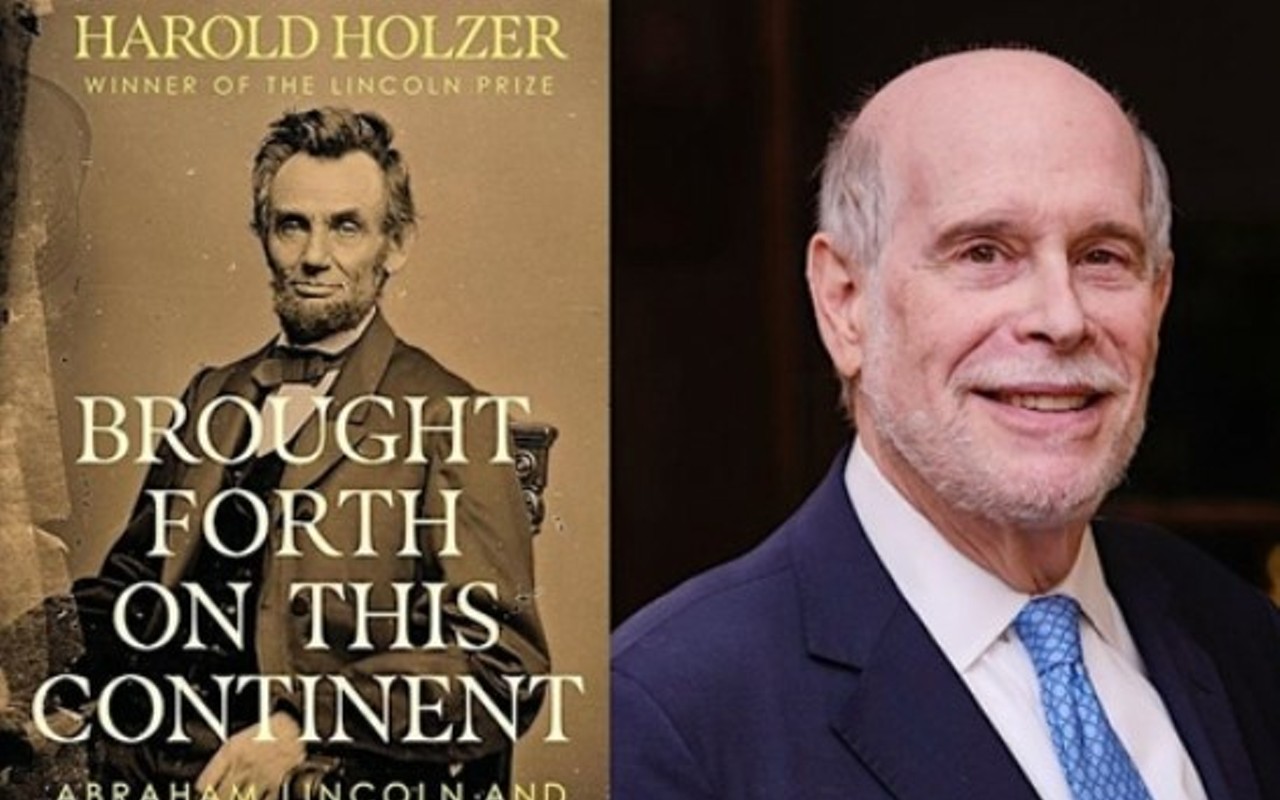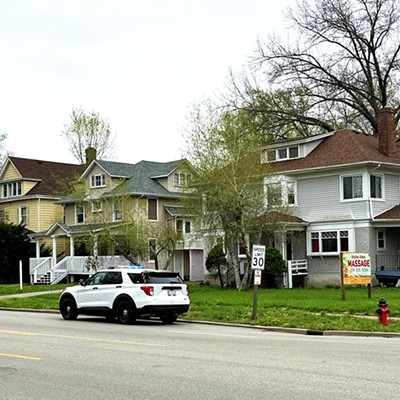Hilda, Ingrid, Helen and her younger brother, Siegfried, were new students. The three girls were placed in my eighth-grade class at St. Alphonsus, a large Catholic school in a blue-collar neighborhood in Chicago which welcomed refugee families in the late 1950s. The nuns went about their duties as teachers and integrated the students into the school environment.
Helen, Siegfried and I became school chums. Their families fled from destroyed areas in Germany, home to the 20th century’s war-mongering architect of evil, Adolf Hitler, who was as brutal a leader as any might find today in ISIS.
I was assigned to be an English-language tutor to Ingrid. I knew nothing of world politics or the United States’ Marshall Plan that assisted the economic recovery of European countries nearly obliterated by the Nazis and their allies. Years later, I learned about the millions of people rounded up, tortured or murdered in Nazi death camps because of religion, ethnicity, sexual orientation or mental or physical incapacity. Civil society’s rules of law were undermined and shredded by demagoguery, political cults of personality, overweening ambition and avarice.
After graduation, I lost track of my refugee friends whose families had fled from war and destruction, and resettled in America – a haven of hope and future life. Today, refugees from war-ravaged Syria and other countries have similar hopes. Many are being welcomed by Western countries. Some wish to relocate to the United States.
Recently, Syrian refugees – some sitting in camps over the past two or three years – have become fodder in political campaigns of those wanting to govern/rule in our beloved country. Despite long waits and investigations examining backgrounds for security risks, many governors, including Illinois Gov. Bruce Rauner, are posturing that they will not let refugees into their political domains. Congressional representatives have joined in the vocal cacophony. Radio, TV, print and social media are also roiling a climate of fear. Today’s refugees are not our problem, they say.
But then, in the last century, neither were the refugees from a monstrous, war-mongering Germany our “problem.” Yet thoughtful policies and programs were implemented, displaced persons and refugees were relocated, and countries, communities, families, and individuals were able to salvage lives, rebuild, and prosper in America.
As a college student, I wanted to know how the United States got to the point of implementing an internment camp policy which swept up 120,000 Japanese and Japanese Americans on the West Coast following the bombing of Pearl Harbor. After I researched news stories, editorials and government documents from that time, it was clear that political opportunism, racism, economic greed and newspaper and radio commentators on the West Coast fueled a policy which has since been repudiated as a major governmental mistake.
On Feb. 19, 1976, President Gerald Ford rescinded President Franklin Roosevelt’s Executive Order 9066 which enabled the creation of the internment camps. In 1980, President Jimmy Carter and the Congress created the Commission on Wartime Relocation and Internment of Civilians which reviewed some 10,000 documents and heard from 750 witnesses. The Commission’s report, Personal Justice Denied, [down-loadable from the Internet] concluded that there was no military necessity for internment and that “the broad historical causes which shaped these decisions were race prejudice, war hysteria, and a failure of political leadership.” On Aug. 10, 1988, President Ronald Reagan signed the Civil Liberties Act of 1988 that apologized and required payment of $20,000 to each of the estimated 60,000 camp survivors.
When I read editorials and letters-to-editors today saying that the bombing of Pearl Harbor justified the creation of internment camps for Japanese in this country, the writers reveal their bias and ignorance. And political candidates urging internment camps as an answer to refugees and our Muslim neighbors get the most attention by stoking the politics of fear. These candidates and writers should have enough honesty to describe these camps accurately.
There is a barren, mile-square piece of desert surrounded by barbed wire and rifle towers in Inyo County, California, which is commonly described as a Japanese-American “relocation camp” or an “internment camp.” But a permanent plaque says my birthplace is, plainly, “Manzanar Concentration Camp.” Is this the America we will once again become? Is this the America we want?
Yosh Golden, Springfield writer, has written on various topics for Illinois Times, including essays about her birthplace, Manzanar Concentration Camp, in 1944, in Inyo County, California. One of her essays was used by her daughter, Kazuko Golden, for a short film titled “A Song for Manzanar” which has been shown at some dozen film festivals around the U.S. and the Cannes Film Festival (France) in May 2015. Yosh is currently finishing a book on the subject of Manzanar and her family’s experiences.
No more internment camps
[
{
"name": "Air - MedRect Combo - Inline Content 1",
"component": "11490391",
"insertPoint": "3",
"requiredCountToDisplay": "1",
"parentWrapperClass": "fdn-ads-inline-content-block"
},{
"name": "Air - MedRect Combo - Inline Content 2",
"component": "11490392",
"insertPoint": "7",
"requiredCountToDisplay": "5",
"parentWrapperClass": "fdn-ads-inline-content-block"
},{
"name": "Air - MedRect Combo - Inline Content 3",
"component": "11490393",
"insertPoint": "12",
"requiredCountToDisplay": "9",
"parentWrapperClass": "fdn-ads-inline-content-block"
}
]
Illinois Times has provided readers with independent journalism for almost 50 years, from news and politics to arts and culture.
Your support will help cover the costs of editorial content published each week. Without local news organizations, we would be less informed about the issues that affect our community..
Got something to say?
Send a letter to the editor and we'll publish your feedback in print!


















